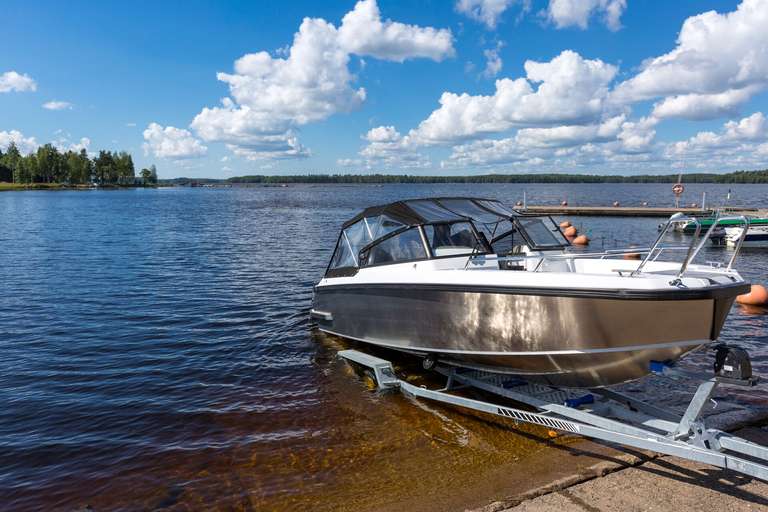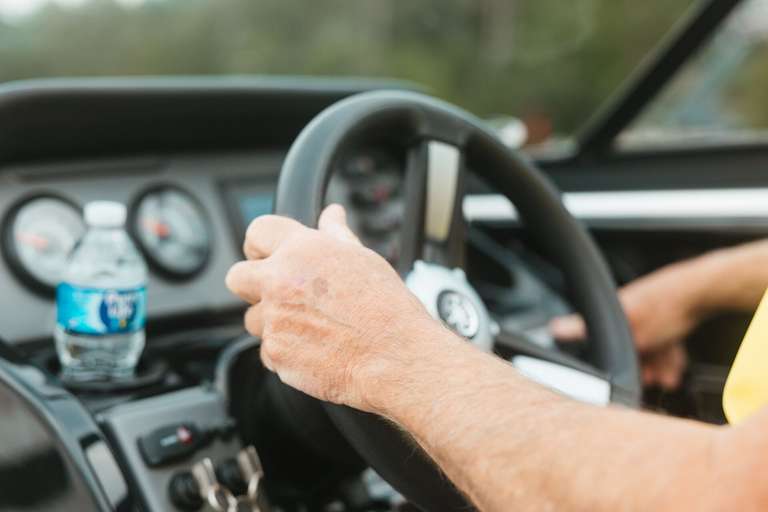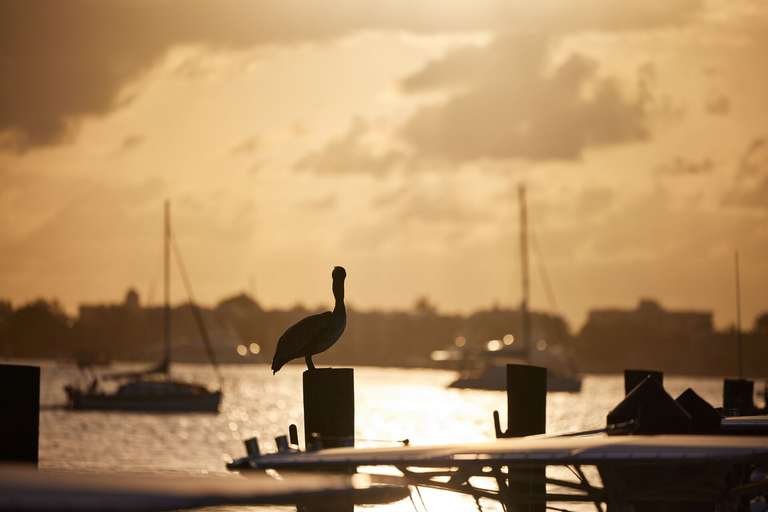4 Essential Boating Safety Equipment Items Your Boat Needs
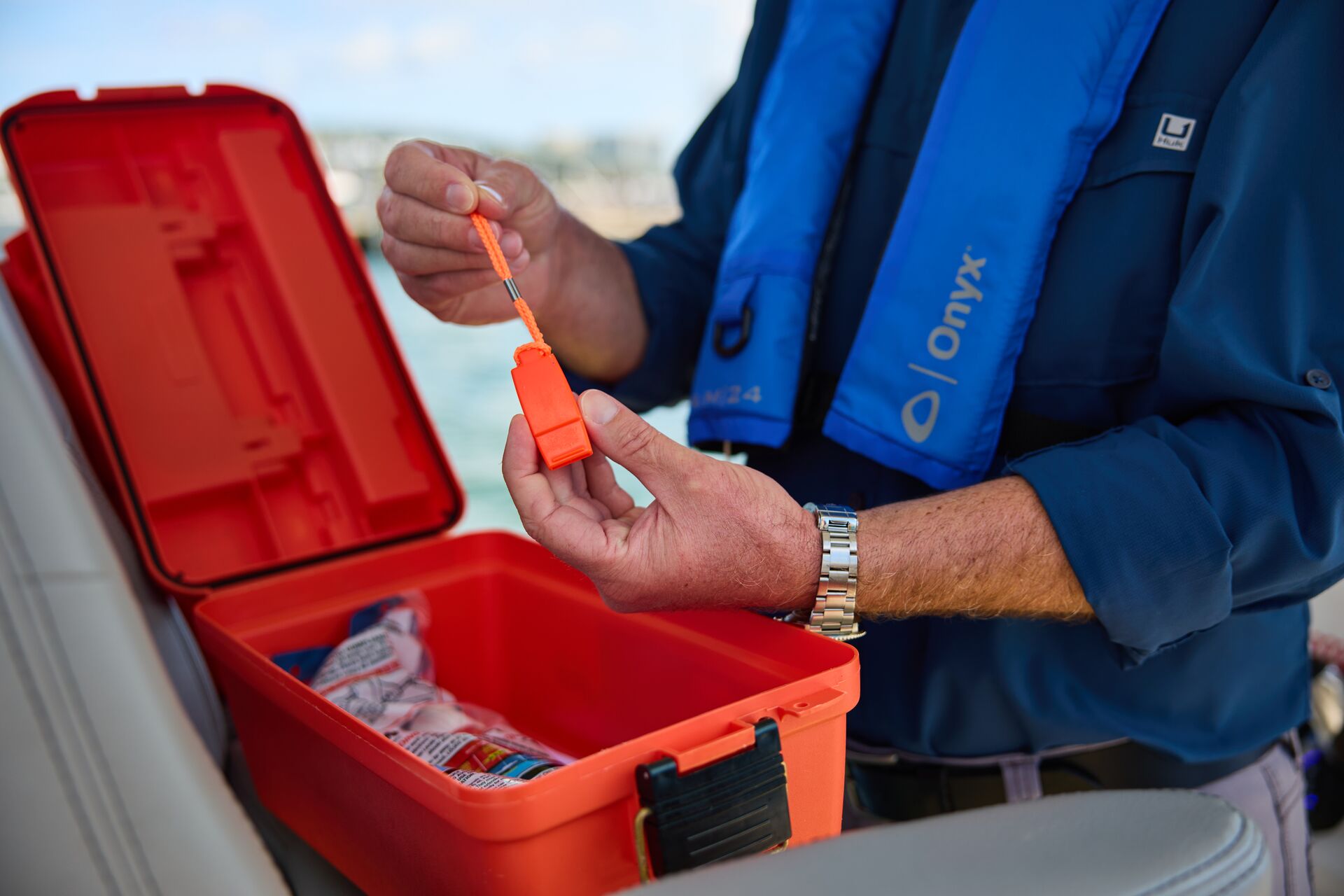
According to the United States Coast Guard (USCG), in 2023, there were 564 deadly boating accidents across the country last year. Another 2,126 boating accidents that year were non-fatal. In total, there were 3,844 boating accidents in 2023.
Even so, the number of recreational boating accidents across the country has been cut almost in half over the last twenty years. Unfortunately, boating-related fatalities have not decreased at the same rate. While fewer accidents are occurring, a greater proportion of the ones that do happen are fatal.
Boater safety education provides an understanding of why regulations exist and a familiarity with boating safety equipment that is crucial to operate safely on the water. Today, we talk about four of the most important pieces of safety equipment you need when hitting the water!

Advances in Boating Technology
Technological innovation is changing the face of most human endeavors — for business and recreation alike — and the boating industry is no exception.
For example, it was only in the early 2000s that GPS became commonplace on civilian-owned boats, yet today, it is difficult to imagine navigation without it.
Aside from GPS, the basic equipment necessary for safe boating has changed little over the years. Life jackets, visual distress signals, fire extinguishers, and sound-producing devices still top the list of the USCG's requirements for boaters, even though many of these products have been updated to ensure better performance.
The USCG's guidelines have also been updated to encompass these advancements, but they also address older versions of safety equipment.
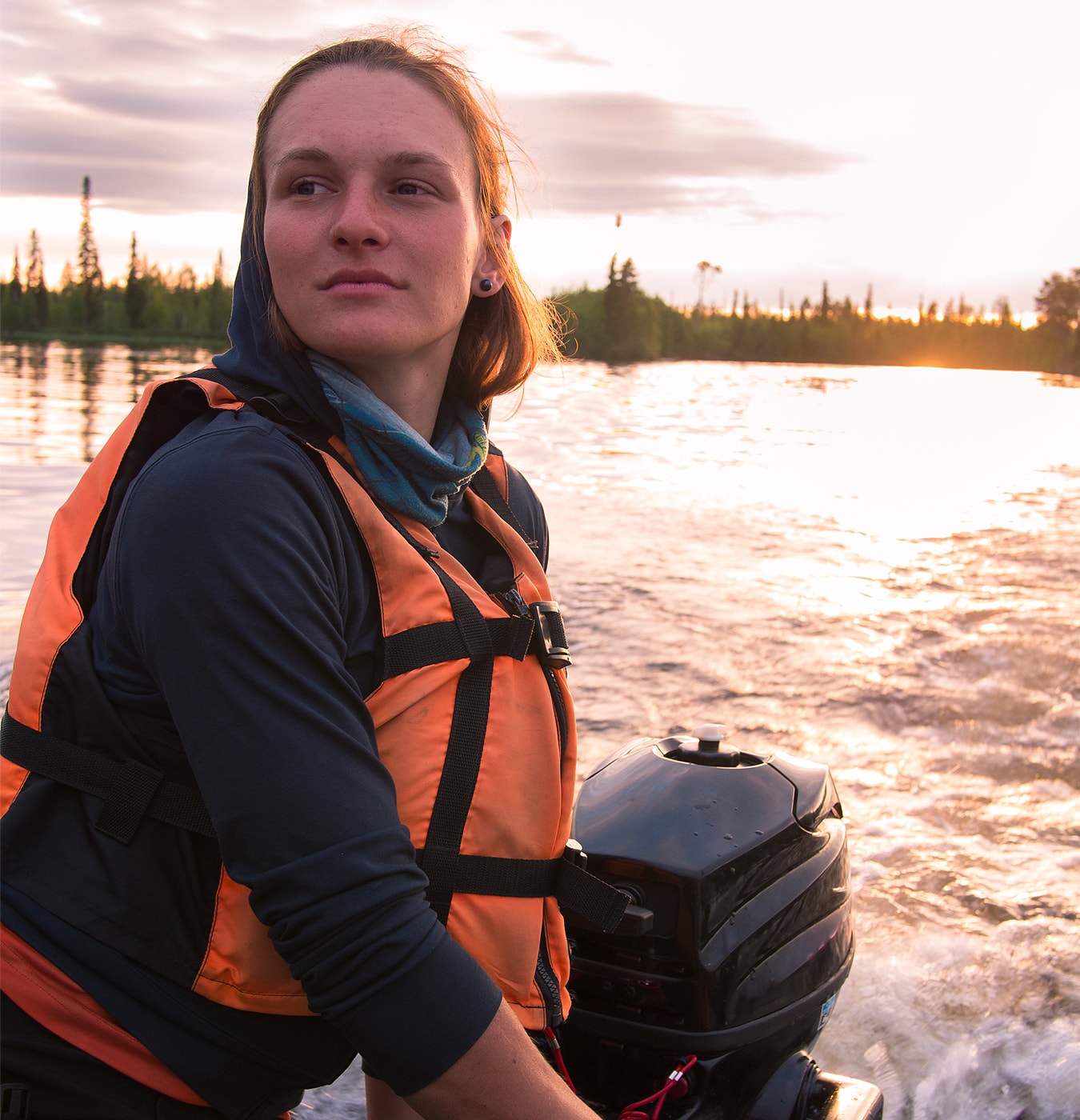
4 Boating Safety Equipment Essentials
So, what do you need to carry on board for a safe water adventure? While we could cover many pieces of equipment, today, we'll focus on four.
1. Personal Flotation Devices
In the 20th century, the most significant innovation in PFDs (personal flotation devices) has been the inflatable life jacket. It was developed in the 1920s and used extensively by the United States Air Force and the British Royal Air Force during World War II.
Inflatable life jackets are more comfortable to wear while on the water because they are less bulky than traditional life jackets. However, keep in mind that inflatable life jackets generally are not approved for use by people under the age of 16.
In addition, the USCG states that an inflatable life jacket must have a full cylinder, and all status indicators on the inflator must be green to satisfy the requirement to carry PFDs. For these reasons, you may prefer traditional life jackets, which are bulkier but easier to maintain.
However, as the USCG states, the best life jacket is the one you will wear.
2. Visual Distress Signals
Vessels are still required to carry USCG-approved visual distress signals (VDSs) that allow vessel operators to signal for help in case of an emergency.
- Pyrotechnic VDSs — devices that produce smoke and flames — are as common as ever. They include red signal flares and their launchers and orange-smoke-producing devices.
- Non-pyrotechnic VDSs, which are non-combustible, also can be used. Technologically advanced options such as electric distress lights are included in this category. These employ the latest LED bulb technology, unlike flares, which do not expire. They also have a much greater lifespan, lasting for hours rather than minutes.
- An orange distress flag is another good non-pyrotechnic tool to have in your arsenal.
All VDSs are categorized according to when they can be used: by day, by night, or both. Depending on the size of your vessel and the state in which you live, there will be additional requirements specifying which type and how many VDSs you must carry onboard.
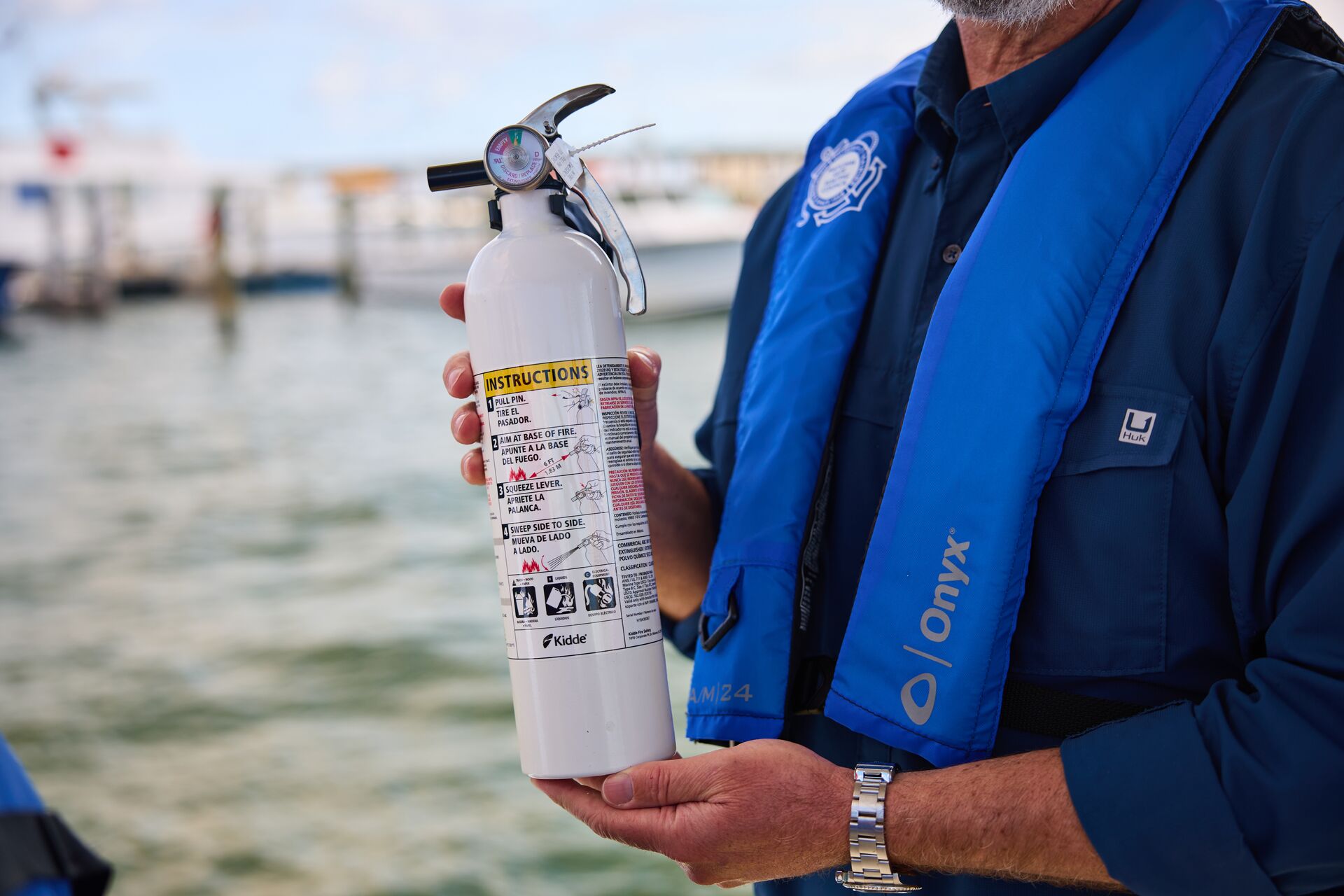
3. Fire Extinguishers
Fire extinguishers are classified by a letter and number system.
The letter indicates the type of fire an extinguisher can put out. For example:
- Class A extinguishers are used on ordinary combustibles such as wood.
- Class B extinguishers are used on combustible liquids such as gasoline or oil.
- Class C extinguishers are used to put out electrical fires.
The Roman numeral found after the letter on an extinguisher indicates its size.
Federal and state law may require that you carry one or more of a specific type of fire extinguisher, depending on the size and specifications of your vessel. Boater safety courses such as the ones we offer here at ilearntoboat are designed to remove the guesswork by helping you understand the legal requirements for the state you live in.
Federal law is specific about the fact that fire extinguishers must be provided with a mounting bracket, but it is not specific about where they must be mounted. Boat owners should use good judgment about where to place their fire extinguishers; the devices should be mounted near a location at which a fire is likely to occur. They should also, however, be placed in a location that is as centrally located as possible.
Most often, boat fires occur around the DC electrical system, and general engine fires also are high on the list. This is somewhat misleading, though, as the majority of electrical fires begin in the electronics system of the engine.
Placing your extinguisher close to the engine room is a good idea because even electrical fires are typically engine-related.
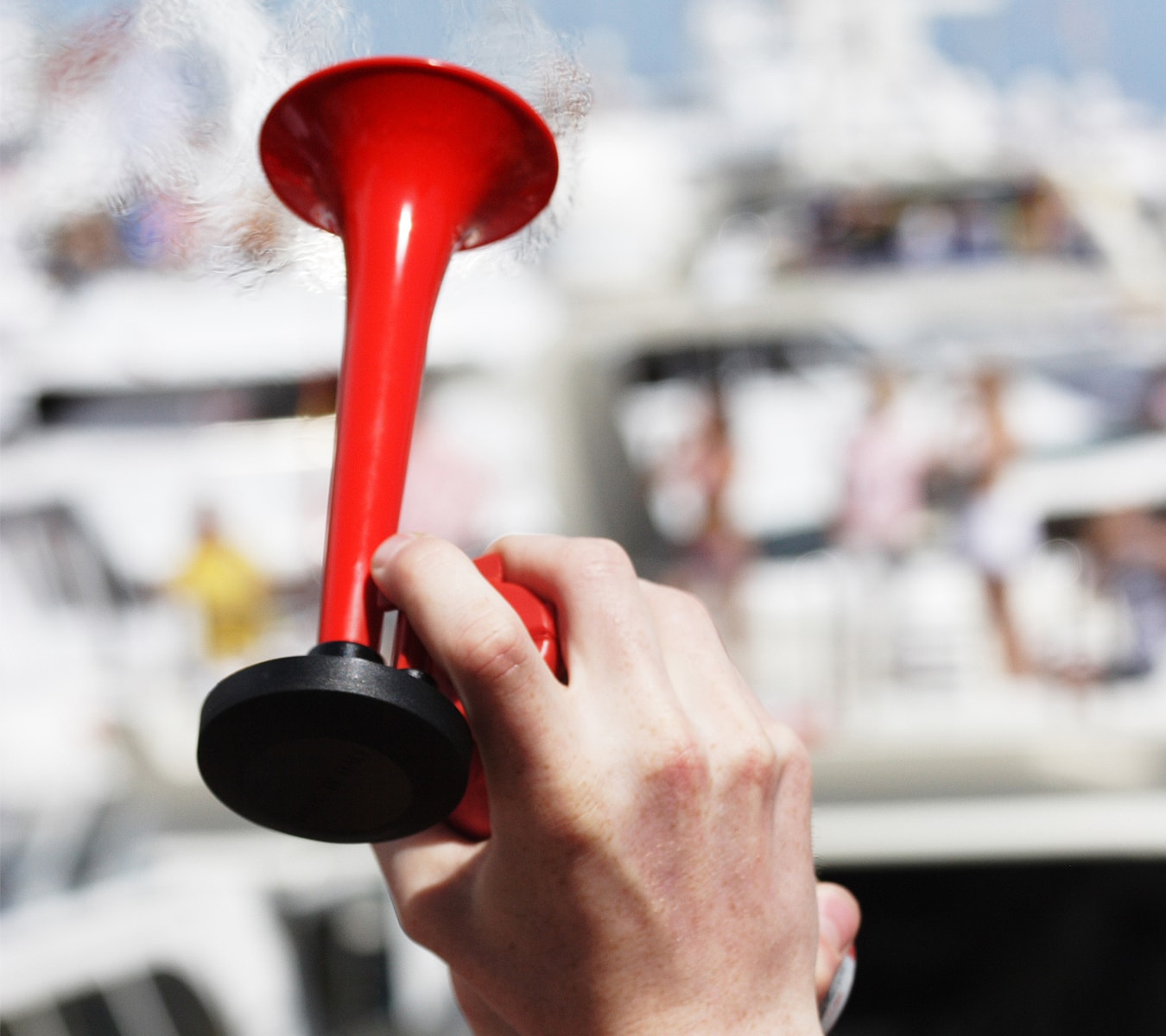
4. Air Horns and Other Sound-Producing Devices
In the event of an emergency, you will want to be able to get the attention of other vessels. All boats must have a sound-producing device audible for at least one-half mile on board at all times. However, owners have a great deal of discretion about which device they choose.
Even though a whistle cannot match the volume of sound produced by an air horn, it is sufficient in the eyes of the law — as long as it meets the requirement of being audible for at least one-half mile. Still, air horns are much more powerful, and their sound travels a greater distance.
Because distances between vessels can be huge on the open water, you will want to make sure you can signal to faraway boats in an emergency.
When and How to Signal
In addition to emergencies, you must signal whenever you meet, cross, or overtake another vessel. It is important to note that, depending on the size and type of your vessel and the state in which you live, there may be additional requirements for the kind and number of sound-producing devices you must keep aboard.
Sound signals are called blasts and can be either short or prolonged. Varying combinations of short and prolonged blasts create different signals, but the most important signal to know is the one for danger — five short blasts.
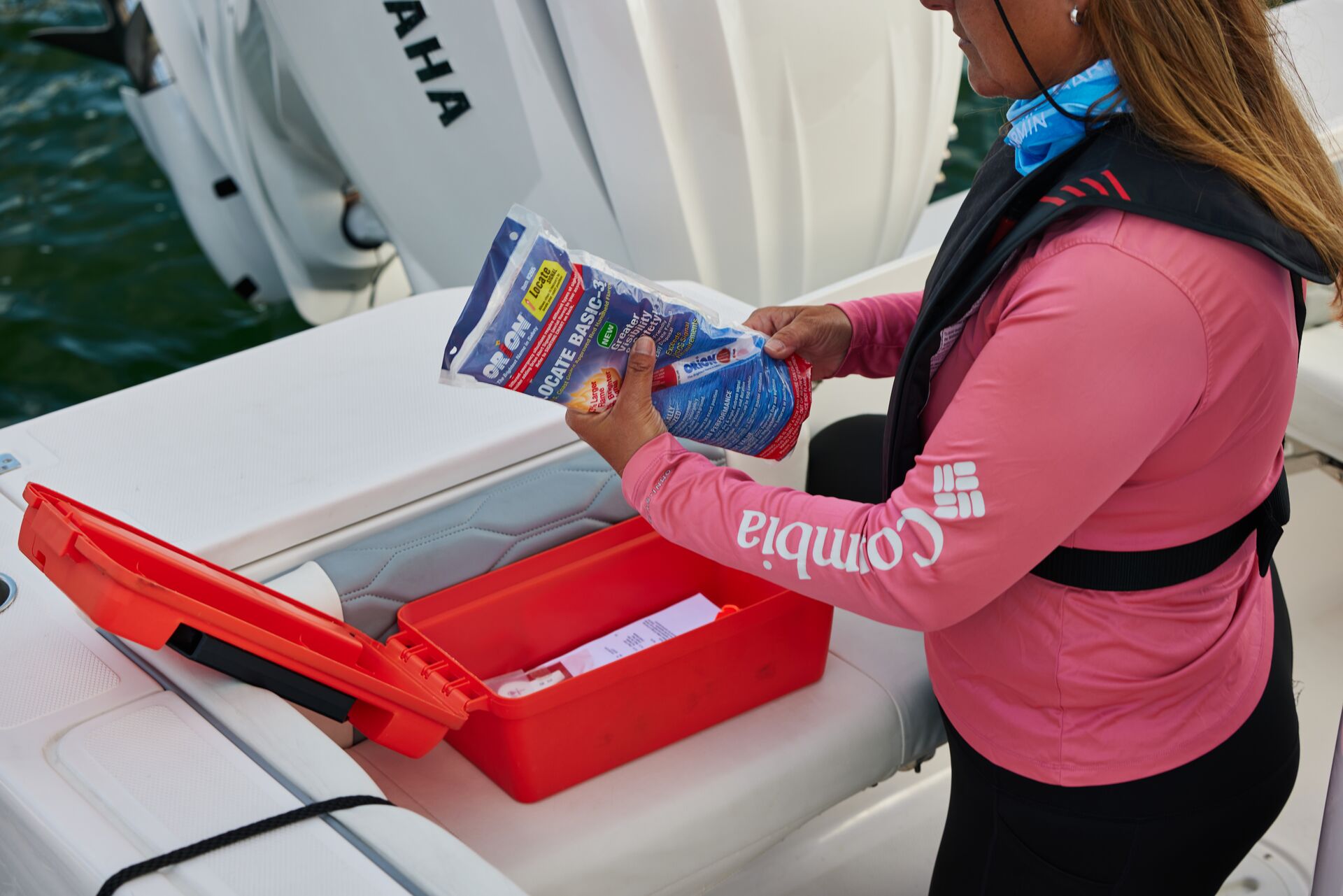
Bonus Safety Tip: Maintenance and Preparation
Safe boating requires taking good care of your boat!
Keeping your vessel well-maintained is vital. A small problem, such as debris blocking the water intake port, can cause your boat's engine to overheat, increasing the risk of a fire. You also can reduce the risk of fire significantly by practicing other types of simple maintenance, like keeping battery terminals clean.
Paying attention to the weather forecast before you embark can keep you from being surprised when you're out on the water. Weather forecasting has improved vastly in this century. Conditions can change quickly, but even brief squalls can be associated with thunderstorms and rain systems forecasted in advance.
Maintain an awareness of the weather and the condition of your vessel, and always use good judgment to ensure your outings remain safe and fun.
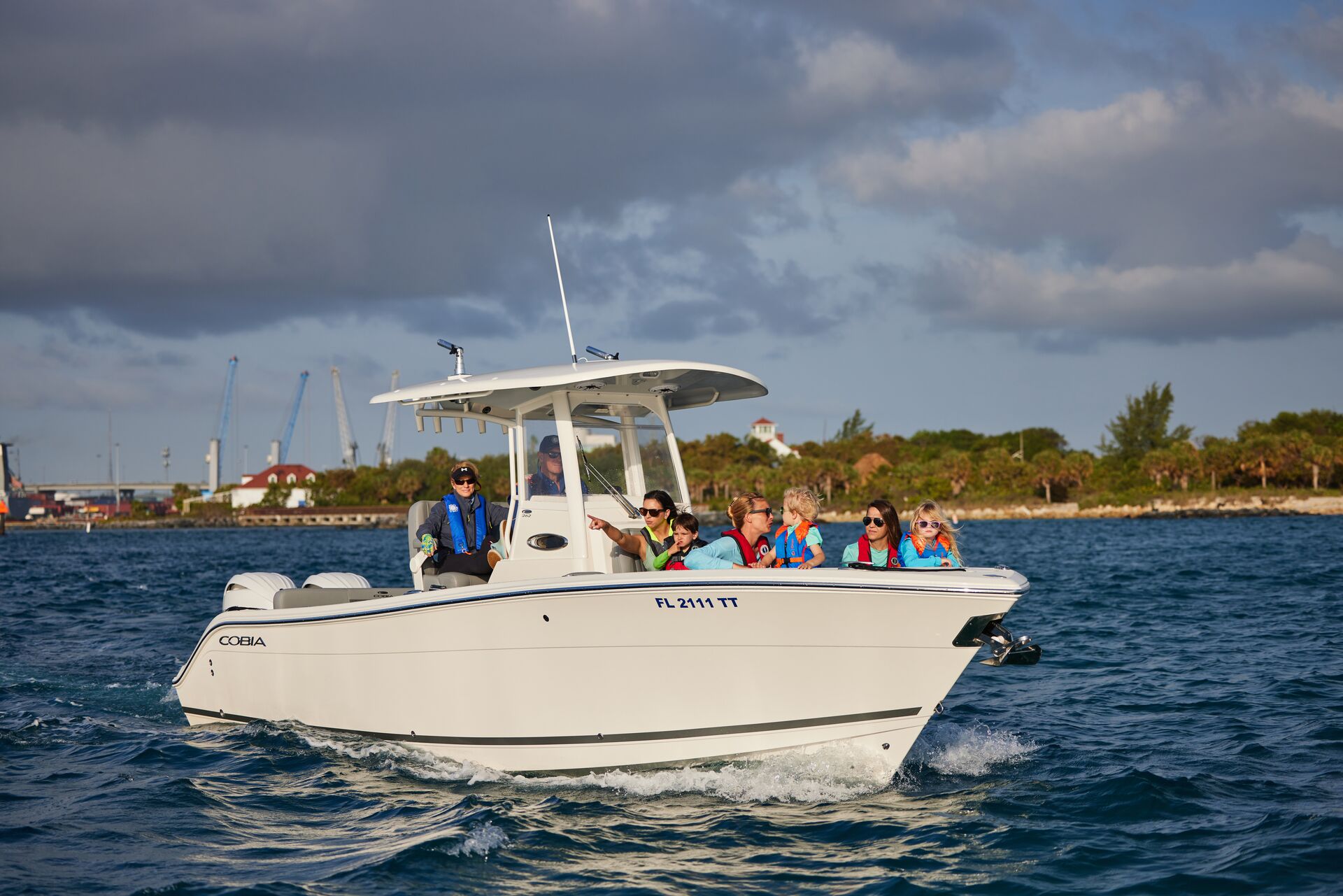
Apply Safe Boating Practices Every Time You Hit the Water
USCG regulations and state laws regarding safe boating practices have been updated regularly over the past fifty years, but the most frequent contributors to boating accidents remain the same: improper lookout, operator inexperience, excessive speed, and alcohol use.
Although technological innovations have brought significant changes to the boating industry, these advances are not enough, on their own, to ensure safe boating.
When it comes to staying safe on the water, the most important factors have always been good judgment and situational awareness. While it is critical to keep PFDs, visual distress signals, fire extinguishers, sound-producing devices, and other safety equipment aboard your boat, your goal should be to never have to use any of these.
Completing a boater safety course such as ilearntoboat will ensure you have the knowledge you need to stay safe on the water. Our courses are a fun, gamified experience you can take at your own pace. Then, once you pass the exam, you've met your state's requirements for boater education!
First published October 2, 2020. Content most recently reviewed and updated for accuracy and recency November 14, 2024.

